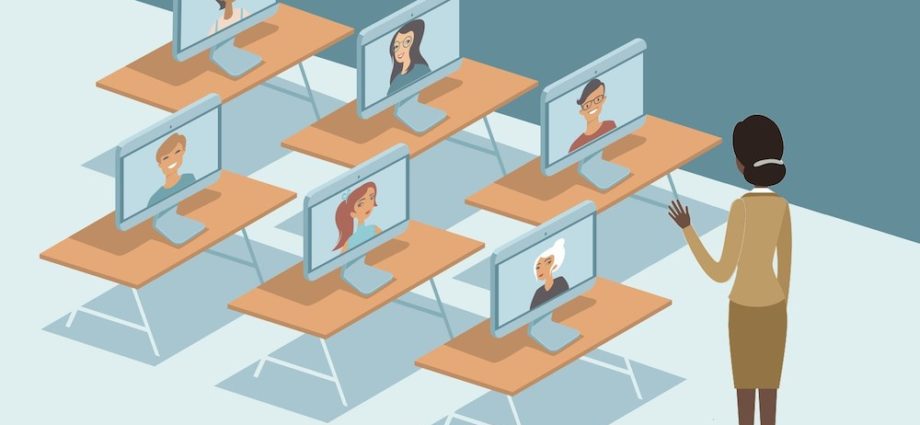Plans for a third version of the MUSD EducatEveryWhere will be released to students and their families in early February, Superintendent Cheryl Jordan wrote in an email sent out to district families on Jan. 5. The district’s COVID-19 Advisory Task Force Revision Committee members are developing protocols for in-person learning that are different from what families were informed about in August of 2020, referred to then as “hybrid learning,” according to Jordan’s email.
Each school will personalize the protocols for its programs to provide in-person learning support to students, Jordan said in an email interview on Jan. 24. A rubric of criteria developed by school leaders including administrators, teachers, and classified team members will be used to determine which students are eligible to come for in-person instruction and learning support, she added.
“Prior to going into winter break, different levels of the school district including the child development center, elementary schools, middle schools, and MHS separate from Cal Hills all met with our own committees to think about what we are calling phase three, which is increasing in-person support,” Principal Francis Rojas said in a Zoom interview. “Phase three for MHS is still really in draft form, but what we are looking at is which students need in-person support. We have identified that by looking at which of our students are failing three or more classes.”
Distance learning may not be working for some students, so those who are struggling would be a primary group who would be offered in-person support, Rojas said. Beginning English learners, for example, would also be offered in-person support as they are struggling with their classes he added.
“We want to provide in-person learning support as much as possible without disrupting the scheduling and systems in MUSD EducatEveryWhere that are working well for students,” Jordan said. “MUSD EducatEveryWhere continues to be an incredible effort by all learners. The cycles of planning, learning, investigating, and implementing new versions are evident in the achievements that over 90% of our students are demonstrating.”
A hybrid system would be beneficial, especially for elementary students, because it is important to build a strong foundation during the first years of your education, senior Sruthi Ramesh Kumar said in a Zoom interview. If you have weak spots in your foundation as you progress through school, then you will not be able to progress as efficiently as you should be able to, Kumar added.
“I honestly think that in-person learning is more effective than virtual learning because having that person-to-person interaction is super important,” Kumar said. “For [high schoolers], I don’t think it’s as important as it is for younger kids because for us, we have been through so much of school, and we have a pretty decent foundation, but I can’t even imagine what it’s like to be at a young age, and you are learning off of a screen. I don’t think that is efficient at all.”
Without an official agreement for when staff will return to work, the new EducatEveryWhere version will not actually help any students, Rojas said. The district’s Human Relations Department is talking about what an agreement would look like, and more answers will hopefully be available in early February, Rojas added.

